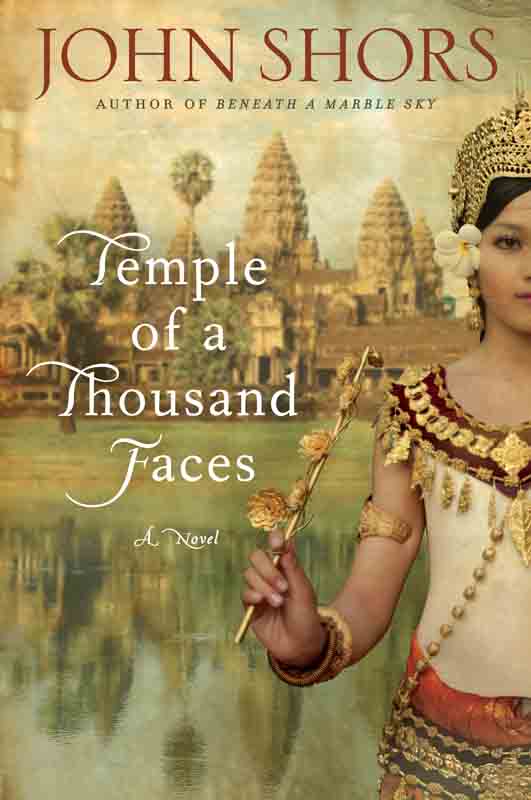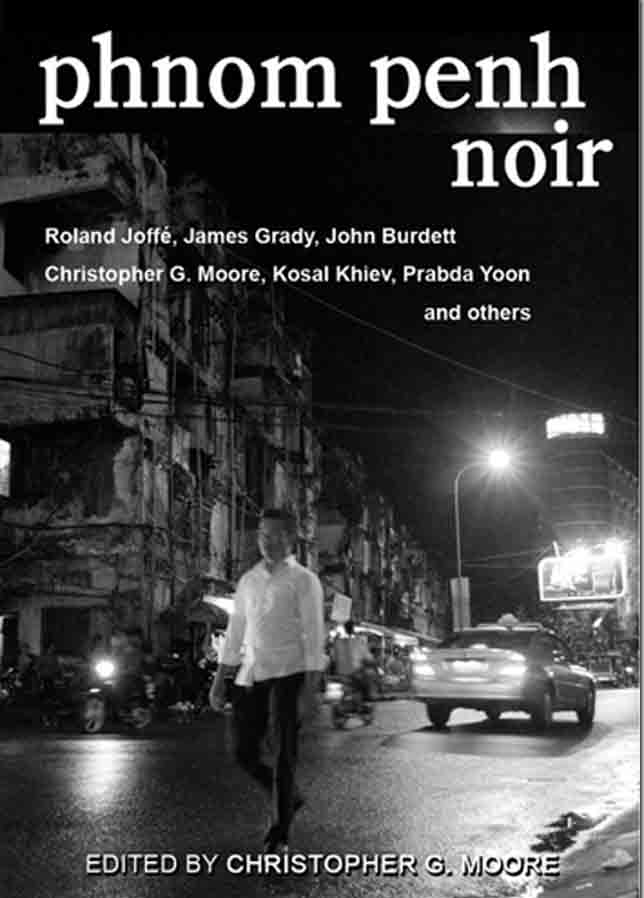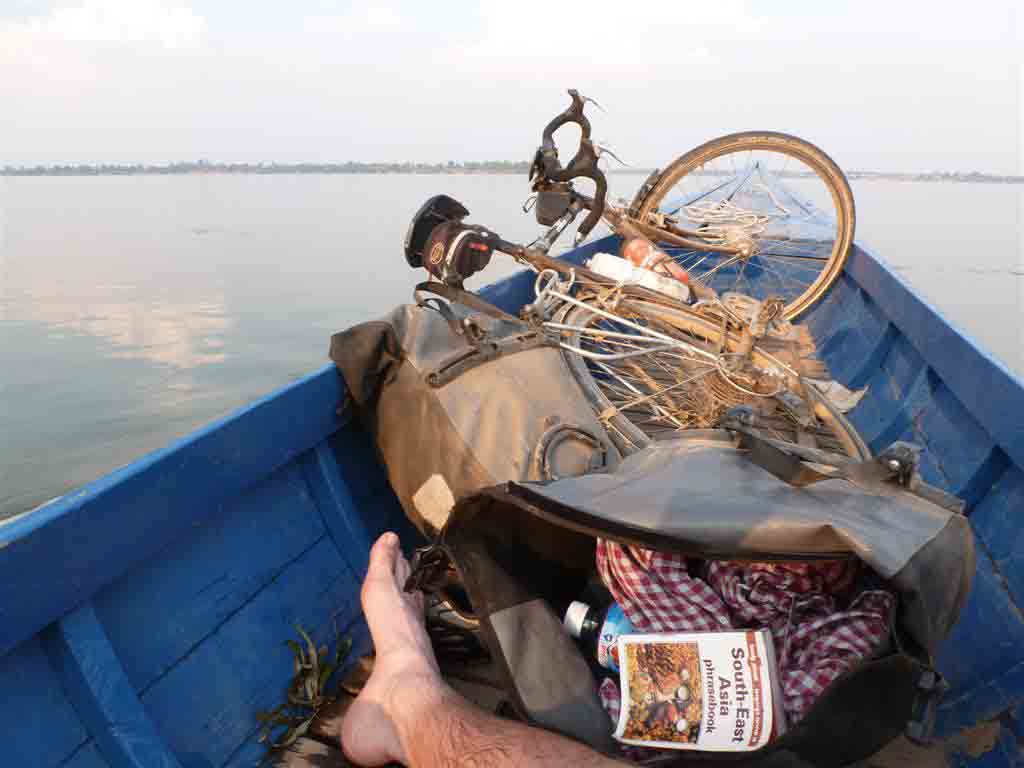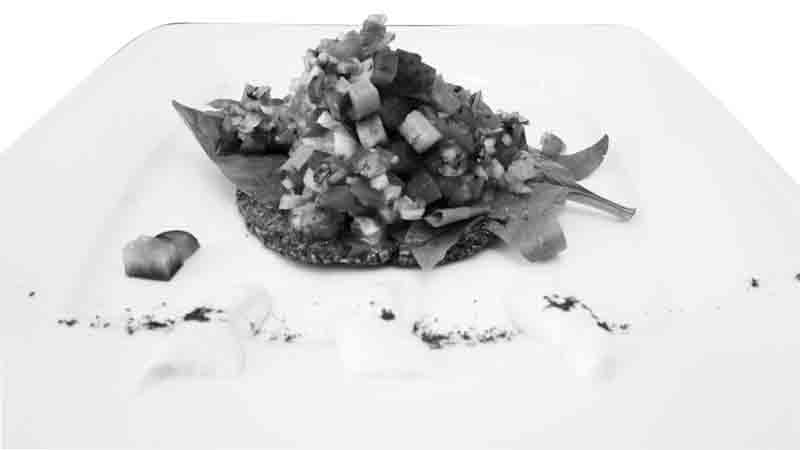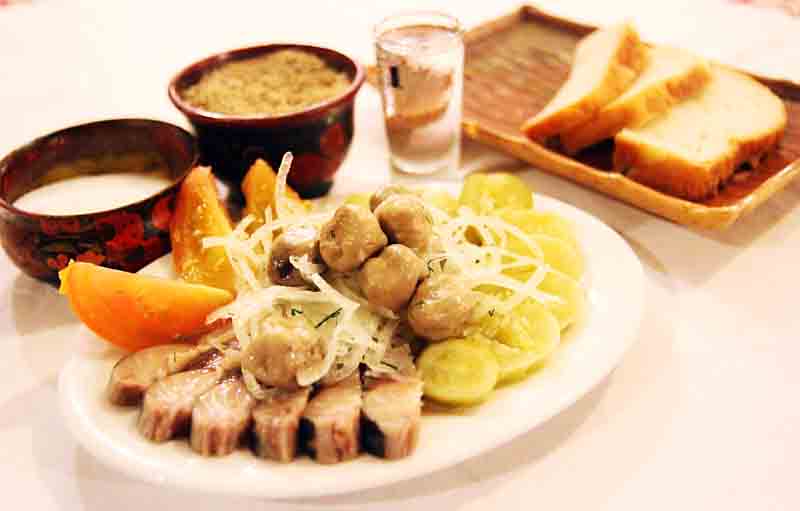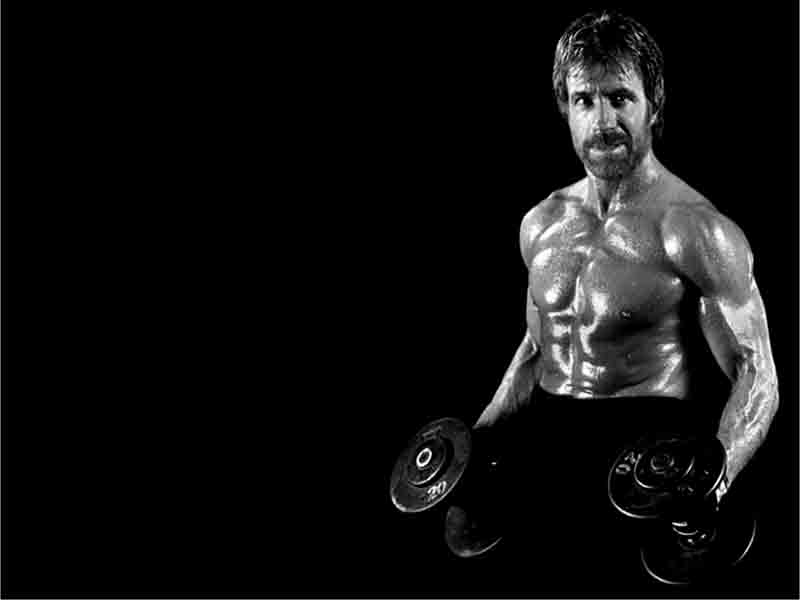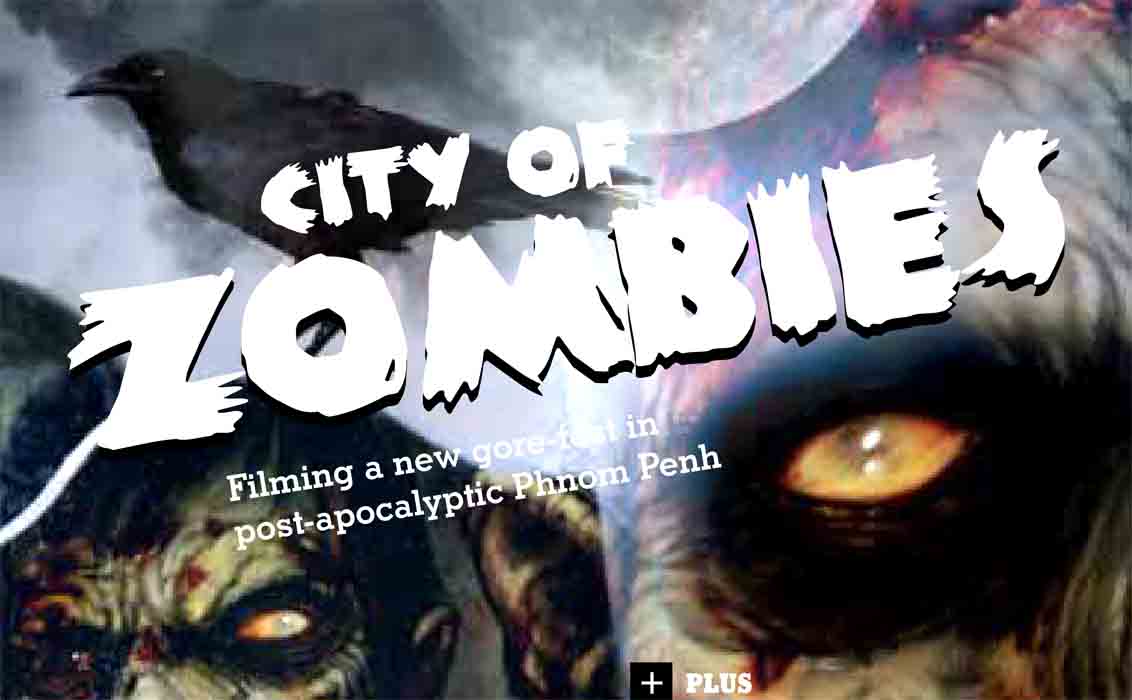It had been a long time since I last went to the circus. The love affair started during childhood, under the travelling big tops that came to small American towns, bringing with them worlds of magic. It then progressed, later in life, to witnessing and taking part in extreme psychedelic sideshows, with glass eating, fire spinning and genital stapling – but it’s probably best not to ask about that. The experience was always a powerful electric shock to the subconscious; something that broke the walls formed by routine, expanded ideas about what it’s possible to do with the body and mind, and filled the soul with infant-like wonder, awe of the world. None of this, however, prepared me for Phare Ponleu Selpak.
The first thing that engages the viewer is the two musicians on stage, with an instrument-to-human ration of about 5:1. Then there’s how they interact and improvise with the circus performers, giving cues back and forth no different than a jamming band. Groups of acrobats work together as if they all occupy a single body. A young man speed paints as performance art. A young contortionist, bent over backwards, uses her feet to shoot a bow and arrow at a balloon.
Most impressively, the whole thing goes beyond the usual role of circus, gripping the viewer’s emotions and carrying them along for a wordless narrative, holding tightly all the way. As Francroix, communications manager of Phare Ponleu Selpak and an acrobat with a decade’s experience, explains: “The technique is there to explain something, to tell a story. In that way, we are similar to a French contemporary circus but it’s Khmer style – telling Khmer stories about how people are living in Cambodia.” Entranced, I decide to run away to Battambang to join the Phare Ponleu Selpak circus school.
The first step was to trace Khmer circus back to its roots. Was this just another export from Europe, carelessly left behind like litter in the late 19th century? Not even close. Paintings in a 400-year-old pagoda in Kampong Chhnang depict circus acts, as do bas reliefs in Angkor Wat’s Bayon temple, which feature juggling, acrobatics, and acts with animals. All of this coming from a culture which couldn’t possibly have had any contact with the bloodbaths that passed for circuses in ancient Rome.
So where did it go and why did it lie dormant for so many years? Not even historians, the people whose job it is to work that out, have been able to work that out. What’s more important, though, is that it was revived. During the last throes of the Khmer Rouge regime, Cambodian refugees in Vietnam and Russia instinctively knew how urgent it was to preserve something of their culture. That something was circus.
One of these refugees, Narin, trained and studied with other orphaned youths in Russia. With the help of sympathetic Russian, Vietnamese, and Laotian harbourers, she brought her skills back to found the Circus School in the Royal University of Phnom Penh. Khoun Det, a graduate of the programme and fellow refugee, brought a similar vision to what had hitherto been a visual arts school in the Anh Chan village of Battambang province. After eight bumpy hours on a bus, I am finally here.
The environment is alien but soothingly so. A bizzaro campus set up, with a ceaseless jam session from the music school, gives the place a kind of folk festival vibe. The theatre school, animation studio, painting and drawing school, graphic design school, public school and playground are abuzz with children of every age deeply involved in their respective labours of love. Walking straight through, to the right of their home-field big top, leads me to the circus school.
Originally used as a self-defence and gymnastics space, the building still echoes that, albeit with modified equipment. Seven-year-olds from the on-site school cartwheel about gleefully as jugglers practice to the 4/4 timing of their coaches’ “Muy, bpee, bpaiy, bpowun…” Asked for a breakdown of the day, Alex, a volunteer aerials acrobat coach, says: “It depends on the age group. For the very young kids, they come in and they have classes with different instructions in acrobatics and juggling. They come every weekday, sometimes on Saturdays, from eight to twelve o’clock then from two to four o’clock.
“The teenagers, who have been there for quite a while, they train themselves. They’ve already got mad skills; they’re just helping out the younger guys. It’s a big family: they’re all brothers, sisters, uncles and aunties. Then from four to six, some of them have rehearsals depending on what shows are going on. When they’re working with coaches, it’s not really a structured class; they’re working on their own specific stuff for the shows that they’re involved in.” This particular circus stays in the family, too: most graduates come straight back to teach others and help keep the project alive.
Having asked nicely, I’m given free use of this extraordinary space – along with the thoughtful advice to stretch first – in order to try out my own circus skills. Spinning, flipping, climbing, and suspending, I taste the peace and clarity that lies on the other side of concentration and focus. But that doesn’t come before numerous entertaining pratfalls. An inexpertly mounted aerial silk can swing from side to side, nearly colliding with other gymnasts, as I learn. Back flips cannot be done on suspended rings unless immediately following a front flip: arms, as it turns out, simply don’t bend that way. It’s clear these guys are physically and psychologically light years beyond that.
Being naturally hypermobile (double jointed) in all four ball-and-socket joints, I thought I might have a natural advantage. While that isn’t entirely untrue, there’s a lot more to it than I’d expected. It requires years of practice and training, as well as upper body strength. Apparently, I have neither.`
This puts into perspective just how much discipline these young circus students have inside them. Since 2003, their first tour of Europe, they’ve returned there every summer and are today received with increasing enthusiasm in France, Germany, Spain and the UK. Their act has also graced the stages of Manila, Thailand, Laos, Vietnam, China, Korea, Japan, Tasmania and Algeria. Here in Cambodia, they now plan to visit Phnom Penh once a month and are in the process of building their own tent in Siem Reap.
With the taming of all this talent, surely their parents must be beaming with pride? Actually, come to think of it, how do traditional Khmer villagers respond to so colourful a career choice? It wasn’t easy at first, say the students. Srey Bandoul, founder of the visual arts school, recalls: “People thought circus, for the girls,” he gestures with his hands around his belly, “they cannot get pregnant.” Says Francois: “At first, it was difficult for them to accept it because the circus is very close; it’s very touchy feely and they’re on the stage. We spent a lot of time explaining what circus is.” Today, smiling parents can be seen in the front row during every performance.
The next show coming to the capital, directed by the first generation of circus graduates, is being staged with the Philippine Educational Theatre Association. Eclipse is a dark tale of discrimination, alienation and divine retribution. “This is one of our most theatrical,” says Zoe, one of the circus administrators. “It’s also very Khmer; you don’t see the influence of Western cultures like in other shows that we have.”
WHO: The circus
WHAT: Eclipse
WHERE: Beeline Arena, Chroy Changvar Peninsula (2nd right after Japanese Bridge)
WHEN: 6pm November 24
WHY: “Circus art is about courage, solidarity, and peace.” – Phare Ponleu Selpak founder, Khoun Det
